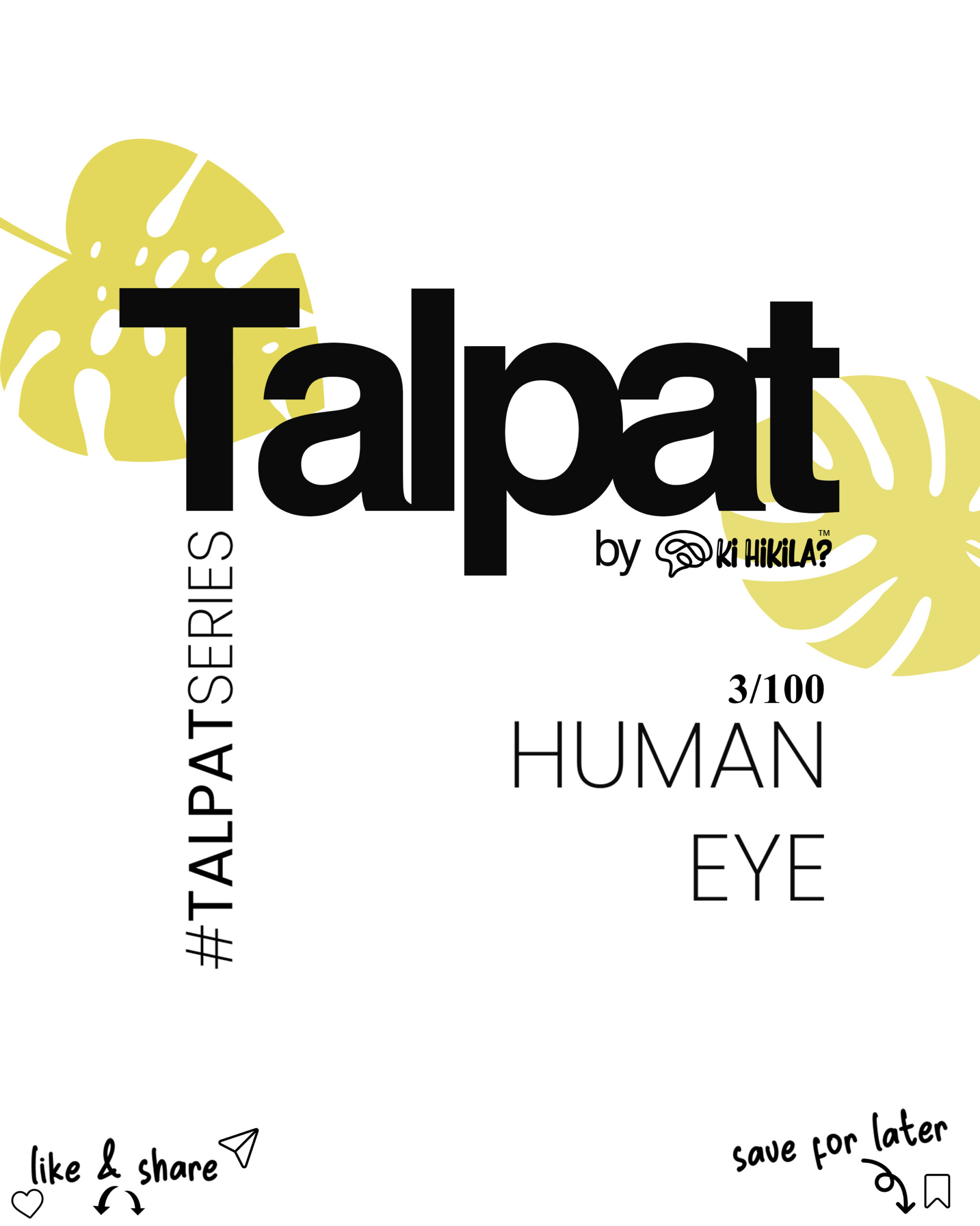India’s beekeeping community is facing a new and serious challenge. For the first time, the Small Hive Beetle (Aethina tumida)—an invasive pest native to sub-Saharan Africa—has been detected in West Bengal. Its arrival could have far-reaching consequences for honeybee populations and the country’s delicate ecological web.
Meet the Invader: What is the Small Hive Beetle?
Tiny but destructive, the Small Hive Beetle (SHB) is a reddish-brown, oval-shaped insect, measuring just 5 to 7 mm in length. Don’t let its size fool you—this pest is capable of infiltrating beehives through small cracks. Once inside, females lay eggs that hatch into larvae. These larvae feed on pollen, honey, and bee brood, contaminating the hive and often leading to colony collapse.
A Global Hitchhiker with a Dangerous History
First identified in 1867 in sub-Saharan Africa, SHB has steadily spread across continents. It reached the United States by 1999, Australia by 2002, and has recently been reported in multiple Asian countries. The beetle’s spread is largely due to global trade, highlighting the growing threat of invasive species transported through human activity.
A Blow to Beekeeping and Biodiversity
The impact on Indian apiculture could be severe. Not only does the SHB damage honey stores—rendering them unfit for sale or consumption—but it also threatens the livelihoods of thousands of beekeepers. Worse, its larvae don’t discriminate: they can invade colonies of Asian honeybees and even bumble bees, potentially disrupting pollination and local ecosystems.
The Scientific Response: Research and Control Measures
Researchers have begun in-depth studies of the SHB’s biology in laboratory settings to better understand its behavior and weaknesses. Their goal is to develop biosecurity strategies that can prevent the pest from spreading further. Experts are also calling for a coordinated national response that includes active monitoring and swift containment protocols.
Why This Matters: Ecological Red Flags
Invasive pests like the SHB don’t just damage crops or economies—they threaten biodiversity itself. By outcompeting native species for resources, spreading pathogens, and destabilizing food chains, they can cause long-term ecological harm. The arrival of SHB in India serves as a wake-up call to strengthen our defenses against biological invasions before they become uncontrollable.












